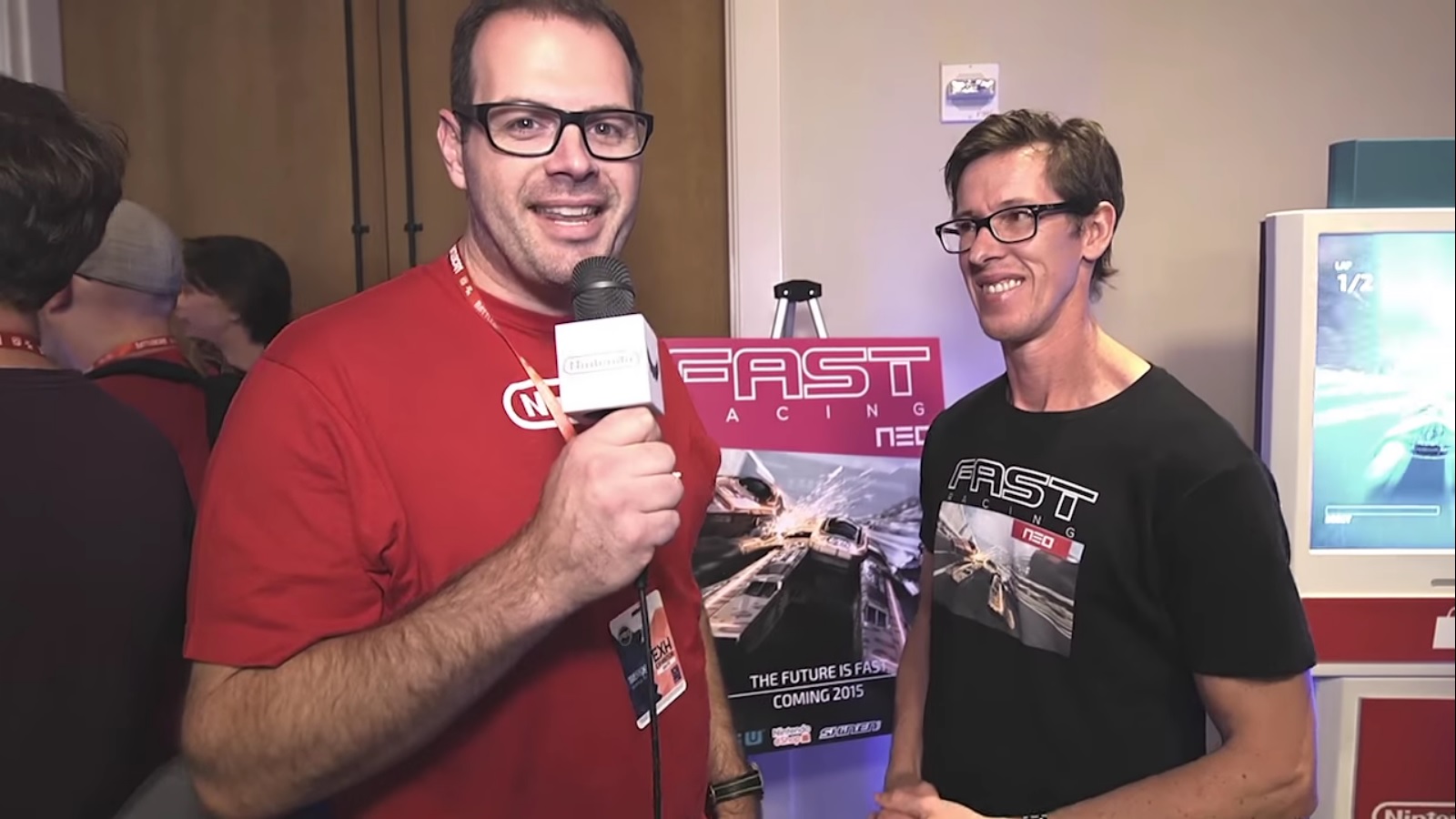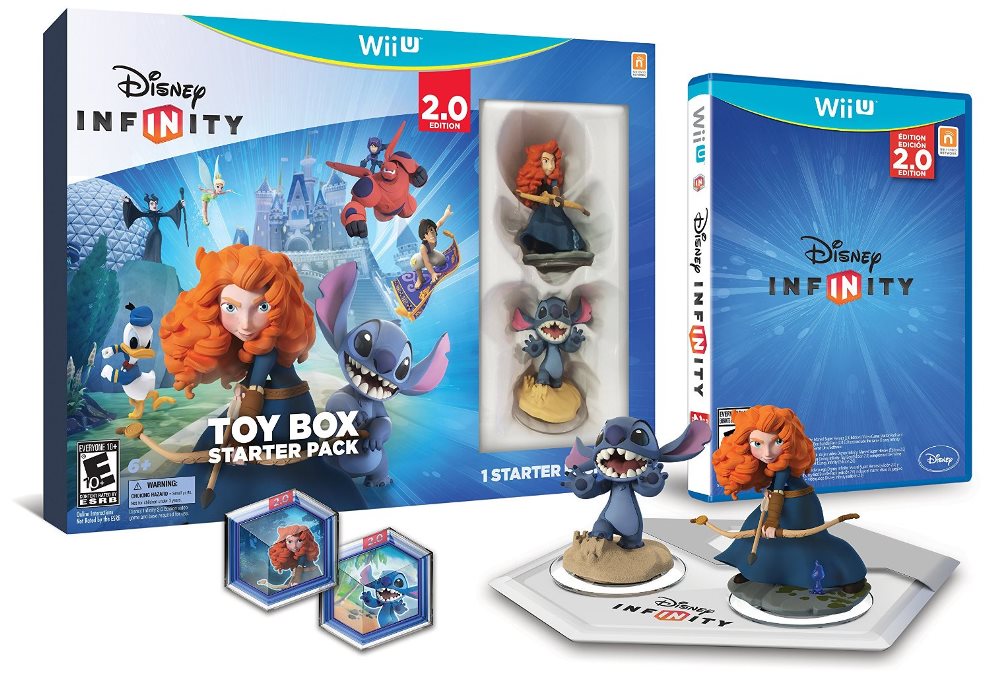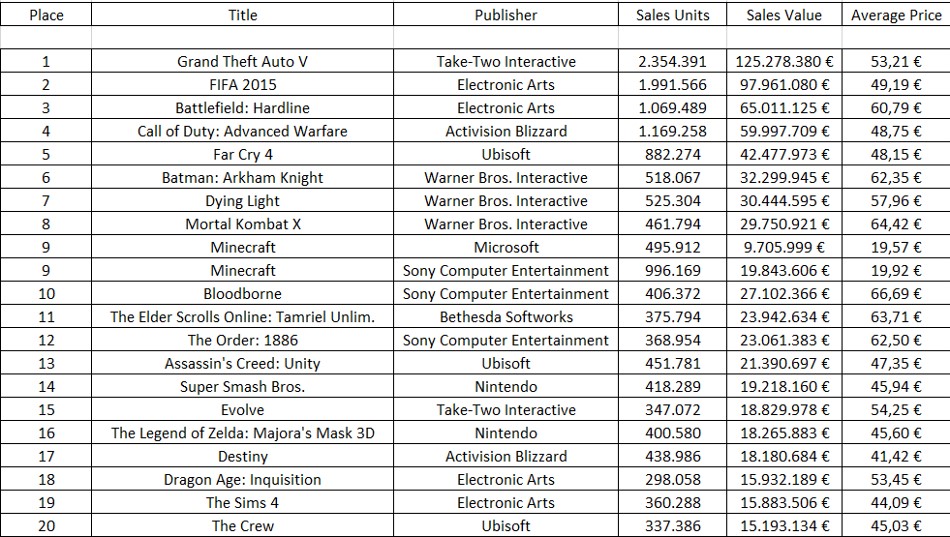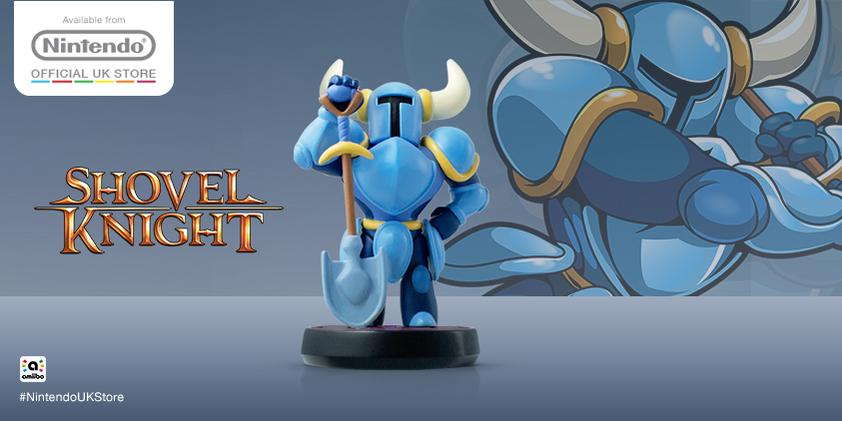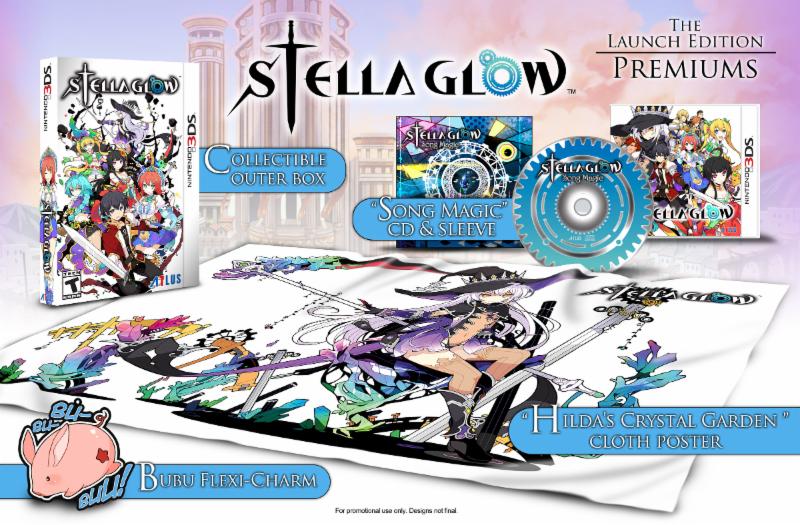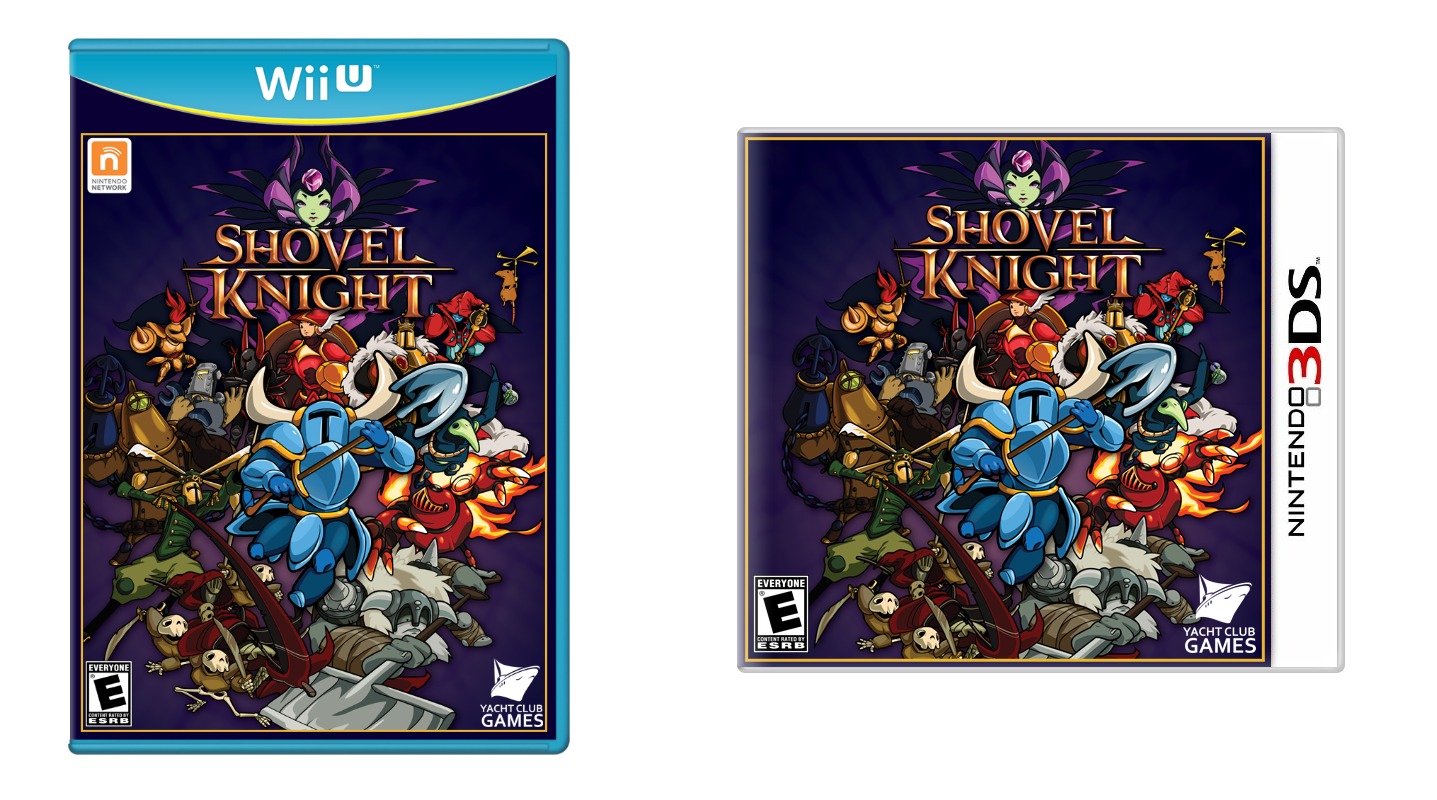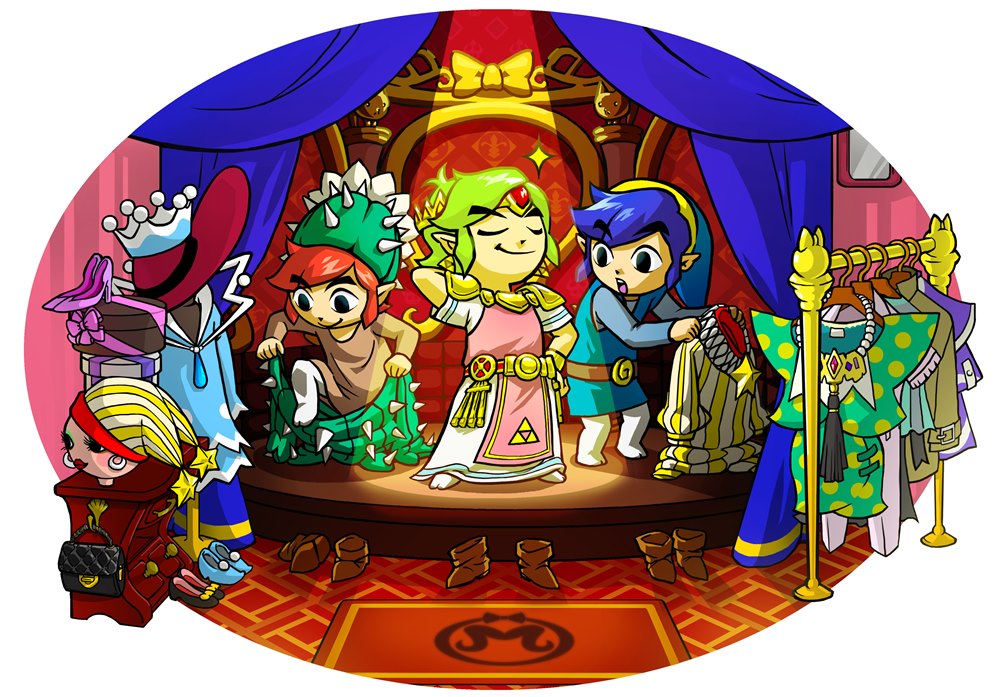Nintendo’s North American YouTube page now has a video interview with Shin’en, which was conducted during PAX Prime 2015 a few weeks ago. Naturally, the discussion focused on FAST Racing Neo. Check out the full video below.
Disney Infinity 3.0 just came out, but if you’re looking to save on the series’ previous entry, Amazon has you covered. The Disney Infinity 2.0 Starter Pack is down to $14.22. You’ll be $45.77, or 76 percent.
The latest issue of GamesMarkt has a report on the European video game software sales during the first half of the year. In it, we learn that both Super Smash Bros. for Wii U/3DS and The Legend of Zelda: Majora’s Mask 3D both made the list in terms of best sellers, coming in at #14 and #16 respectively.
The full chart is posted above. GamesMarkt’s results are based on data collected between January and June.
We also have a look at the top ten publishers for software market share (value):
01 (01) Electronic Arts – 15,05% (18,58%)
02 (03) Nintendo – 12,57% (12,32%)
03 (06) Take-Two Interactive – 10,79% (5,77%)
04 (10) Bandai Namco Entertainment – 9,52% (3,18%)
05 (07) Warner Bros. Interactive – 9,35% (5,26%)
06 (02) Ubisoft – 8,67% (15,07%)
07 (04) Activision Blizzard – 8,19% (9,76%)
08 (05) Sony Computer Entertainment – 7,62% (7,54%)
09 (09) Microsoft – 3,08% (3,59%)
10 (__) Bethesda Softworks – 2,50%
In a new announcement published today, Atlus confirmed that Stella Glow is due out in North America on November 17. The game will be sold in stores and on the eShop for $49.99 / CA $59.99.
For the retail version, Atlus is preparing a special “Launch Edition”. This will be available to those who pre-order the game “and a small quantity of launch day copies.”
Here’s an overview of the different goodies included inside:
Hilda’s Crystal Garden Cloth Poster — This is a large poster made of cloth (so it won’t permanently crease by being folded in the package!) that features the striking image of Hilda, the Witch of Destruction posing with her scythe atop a seat of crystals.
Bubu Flexi-Charm — Bubu is the pet pig of the Witch Popo, and hopefully by now you’ve insinuated that it’s super cute (because it is!). The charm is soft vinyl and since Bubu is such a loyal companion, the charm can be attached to whatever needs more piggy goodness. Oh, and it’s a real porker too at approximately 3″ x 3″.
“Song Magic” CD — This is a 5-song disc featuring the vocal themes of the five Witches. The CD will arrive in a separate sleeve featuring artwork from the Witch Tuning sequences from the game.
Collectible Outer Box — Similar to what we did with The Legend of Legacy, all the aforementioned premiums will be included in a large outer box. We didn’t just reuse the 3DS game cover either — the outer box is a new design featuring the protagonist, Alto, and the five Witches. Lisette on the spine of the box is a nice touch, and I once again salute our designers for putting together such a great-looking package.
Check out a new Stella Glow battle trailer below. We also have an overview of the game after the break.
Retailer listings are indicating that the physical version of Shovel Knight has been delayed. Amazon, Best Buy, and GameStop are now listing the game for November 3 in North America. An October 13 release date had been previously announced.
Of course, we don’t have an official confirmation that Shovel Knight’s physical version has been delayed. If we hear anything from Yacht Club Games, we’ll be sure to let you know.
Thanks to Jared for the tip.
